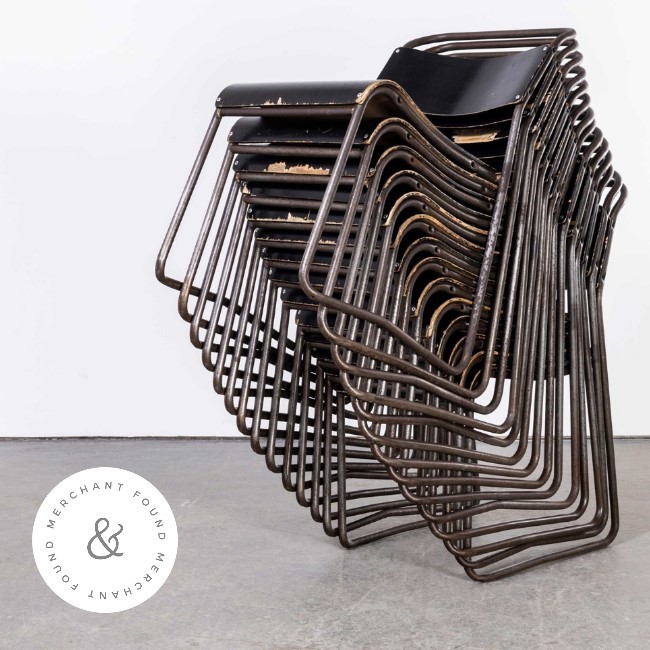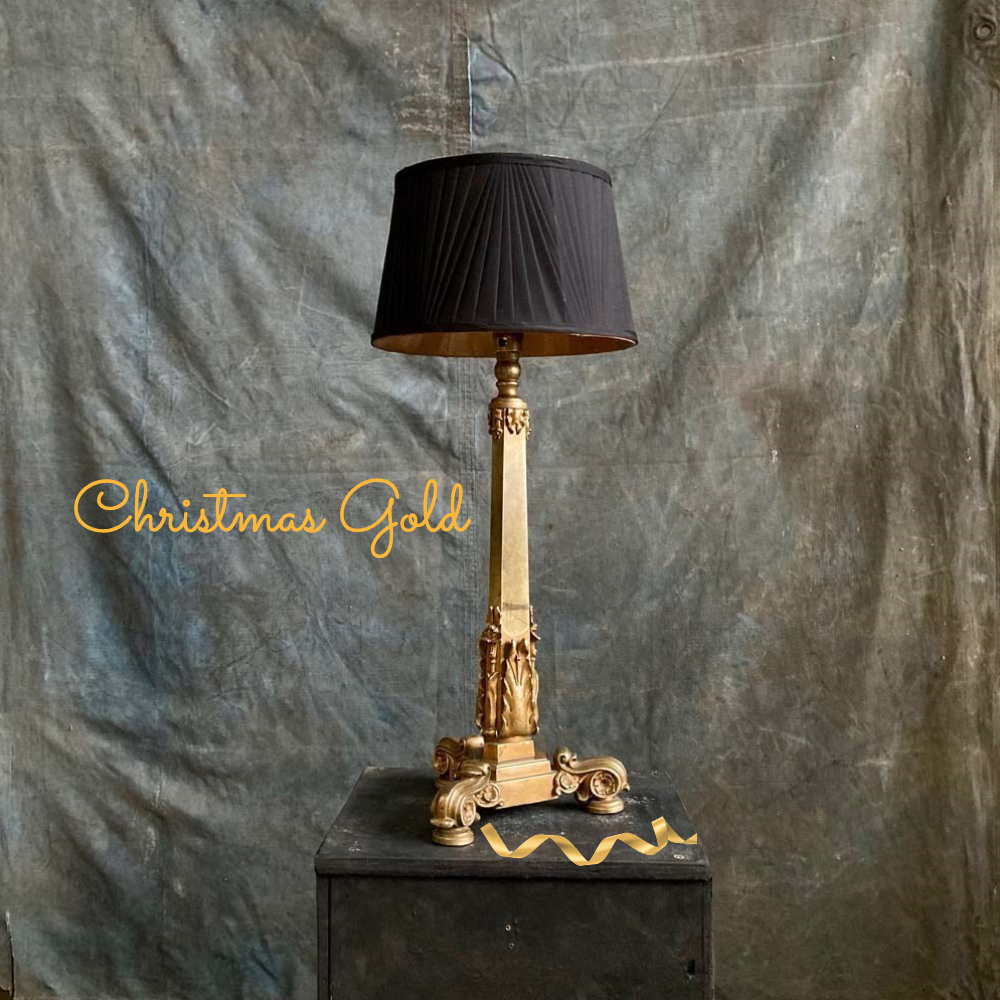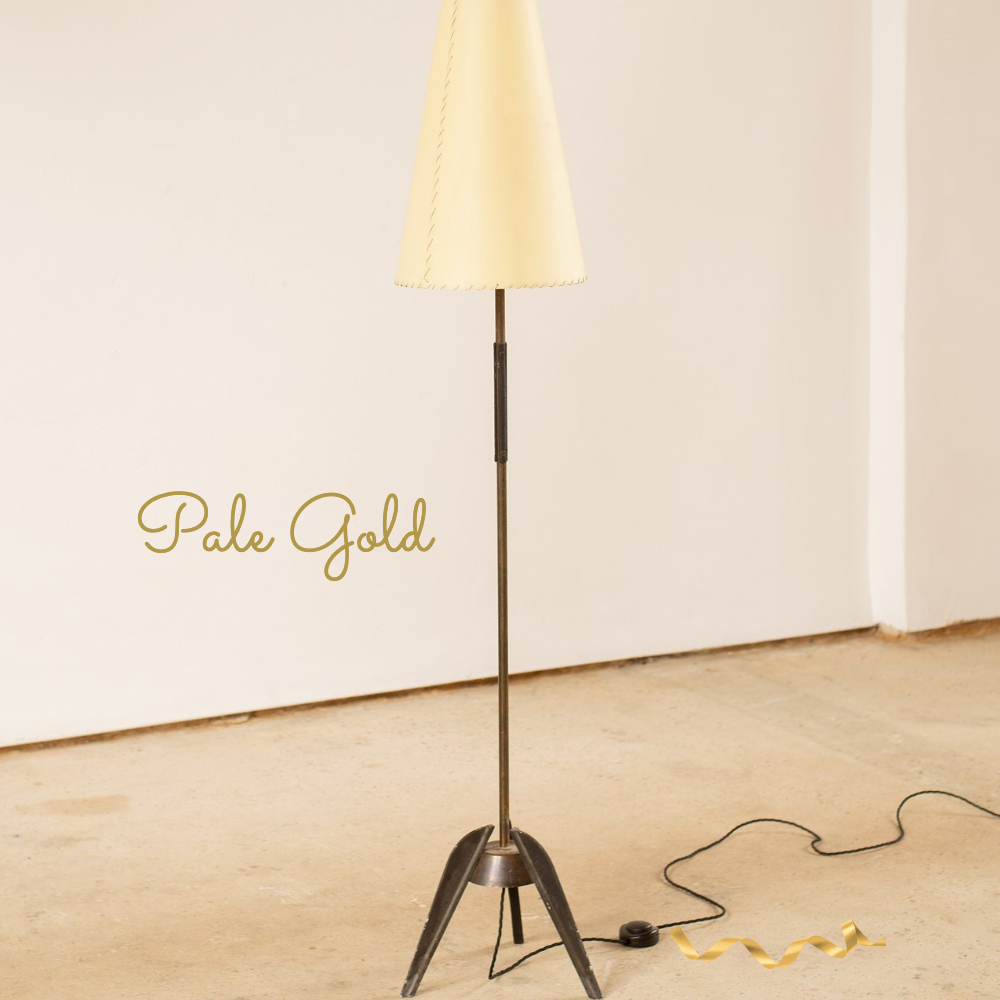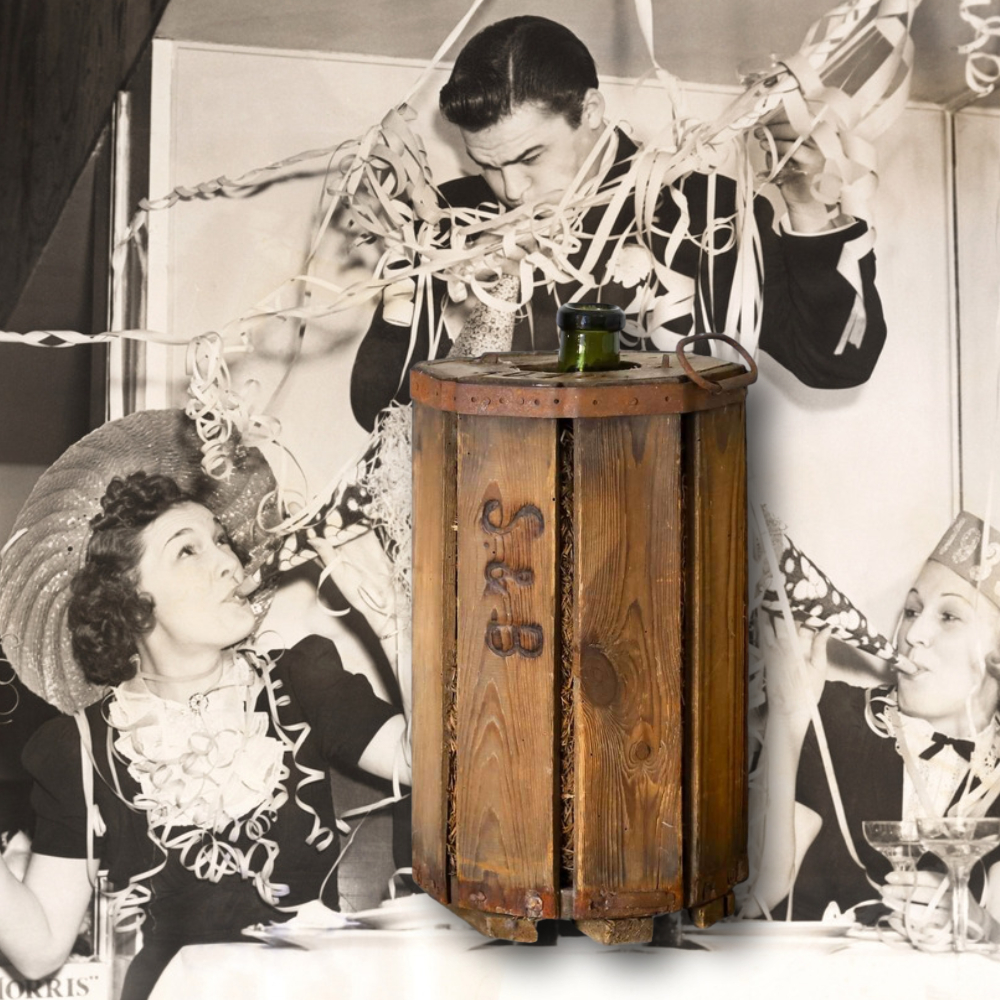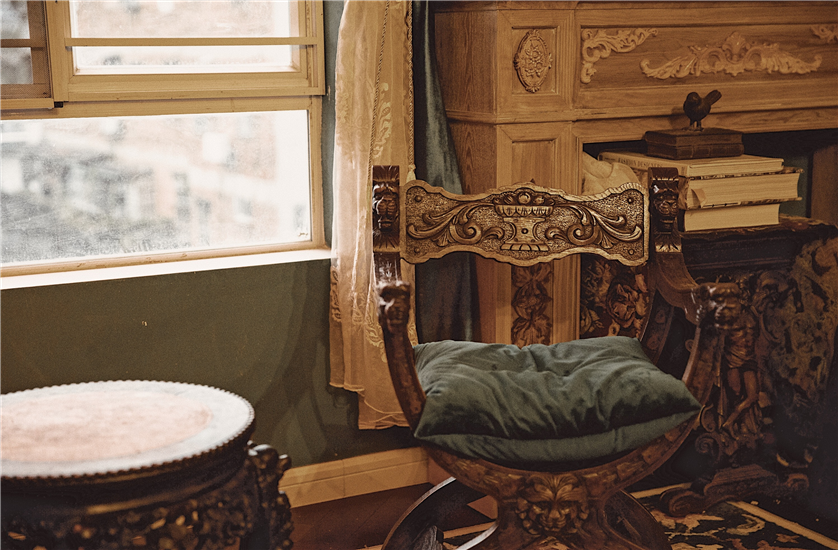
There is a lot of antique furniture available on the market, with auctions, dealers, markets and private sellers offering plenty of opportunities to find a beautiful and valuable antique. However, there are also a lot of reproductions around, which can fool you if you don’t know what to look out for when it comes to authentic antique furniture.
Just because something looks antique doesn’t mean that it is, with numerous styles of furniture becoming popular at different times, resulting in lookalikes flooding the marketplace. Knowing what the differences are likely to be between an antique and a reproduction can help you avoid paying more for furniture that isn’t actually antique.
Here are a few things you should look out for when purchasing antique furniture.
The Types of Wood Used
The high cost of expensive woods often means that antique furniture is made of multiple types of woods. Furniture makers would use cheaper wood varieties in areas that wouldn’t be seen as much in order to keep costs down while still delivering beautiful furniture.
You can often tell the difference between an antique and a reproduction by checking the back, underneath or drawer interiors to see if a secondary type of wood was used. This will be identifiable by differences in colour and grain.
If all the wood used to build the piece is the same or parts of the furniture is made with a manufactured wood - such as plywood - it is unlikely to be an antique.
Look for Dovetailing
Dovetailing is a furniture manufacturing technique that has been used for centuries to join different parts of a piece of furniture together. You’ll often find it on the sides of cabinets and drawers, for example, giving you a good idea of the furniture’s age.
If no dovetailing is present, the furniture was most likely made using modern techniques. However, dovetailing was also used in many pieces of reproduction furniture. Check to see whether lines and edges are perfectly straight and even in any dovetailing you find. If there are irregularities, this will mean the dovetailing was done by hand, so the furniture is likely antique. Perfectly straight lines will have been cut by a machine, meaning mass production.
The Condition of the Wood
The condition of the wood can tell you a lot about the age of your furniture. You might think that furniture without marks and with even carvings is what you want, but this often means that the furniture isn’t antique at all.
Looking out for totally consistent colour, mouldings or carvings that are too perfect to be done by hand, a lack of patina and modern screws all point to furniture being newer. Older furniture will likely have more irregularities due to being handmade.
Antique furniture also tends to showcase signs of shrinking, which can lead to splits and seam separation. This can mean that circular tables are no longer perfectly circular and furniture is slightly wonky, which is a good thing when it comes to identifying real antiques.
Stamps, Labels or Maker’s Marks
A good sign that a piece of furniture is, in fact, an antique is some form of maker’s mark. Search for any labels, stamps or manufacturing tags underneath or on the back of furniture, or in the drawers. These marks will be able to tell you who made the furniture, where it was manufactured and often the year that it was made.
If there is a label, look for signs of ageing as they can be faked. It’s also worth noting that some reproduction pieces - especially those made in the 1990s - have mass-produced tags or labels on, which also show that the furniture is not old.
Wear and Tear
When a piece of furniture is old, it will likely have signs of wear and tear. Whether it’s a chip somewhere, a few dents, some repairs or aged drawer runners, these small signs will tell you whether a piece of furniture has been used for decades.
However, wear and tear are often faked for reproduction furniture to make pieces look older than they are. You can still tell the difference though, as reproduction furniture tends to have consistent signs of wear, which wouldn’t happen naturally. If the signs of wear all look the same or are consistent along an entire section of the furniture, it is likely to be a reproduction.
Not Sure Your Furniture is Antique?
If you’re still not sure whether your furniture is a genuine antique or a reproduction, it is a good idea to have it appraised by an expert. They know what to look for to be able to tell you if it is an antique, as well as what the furniture is worth.

